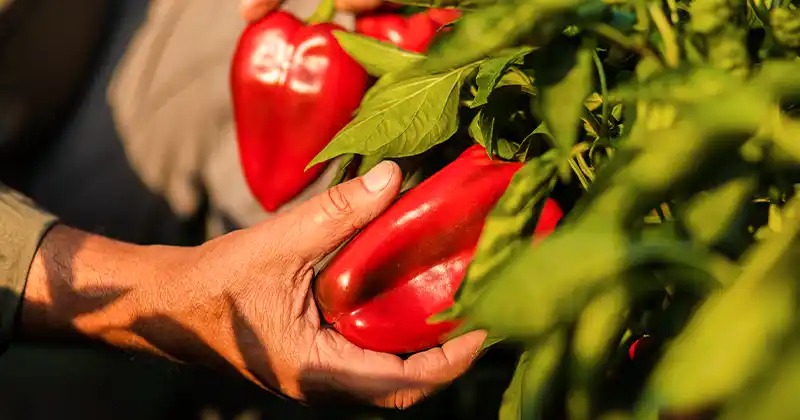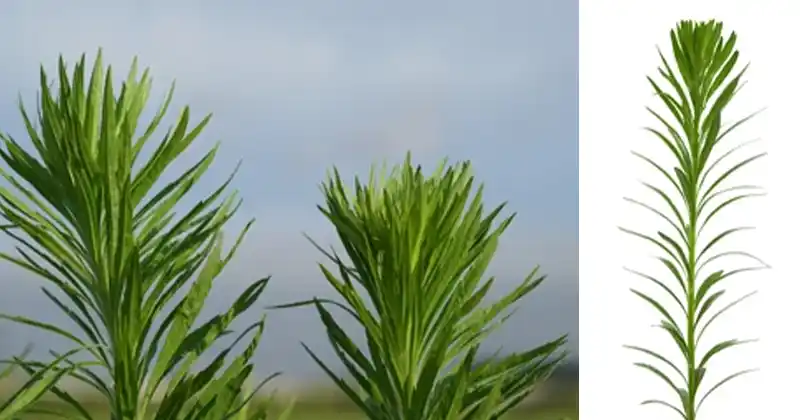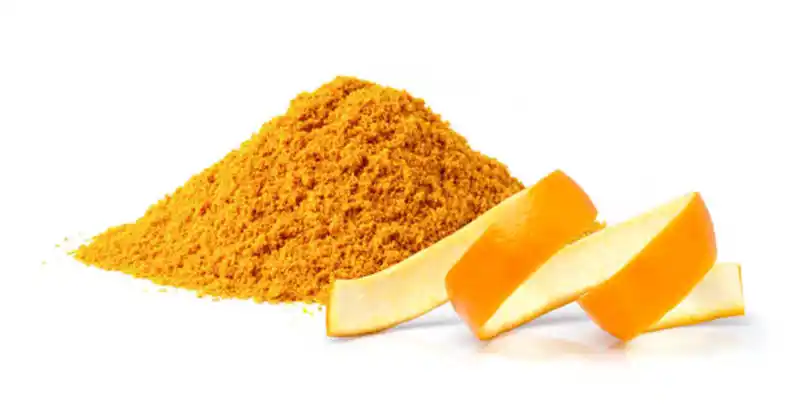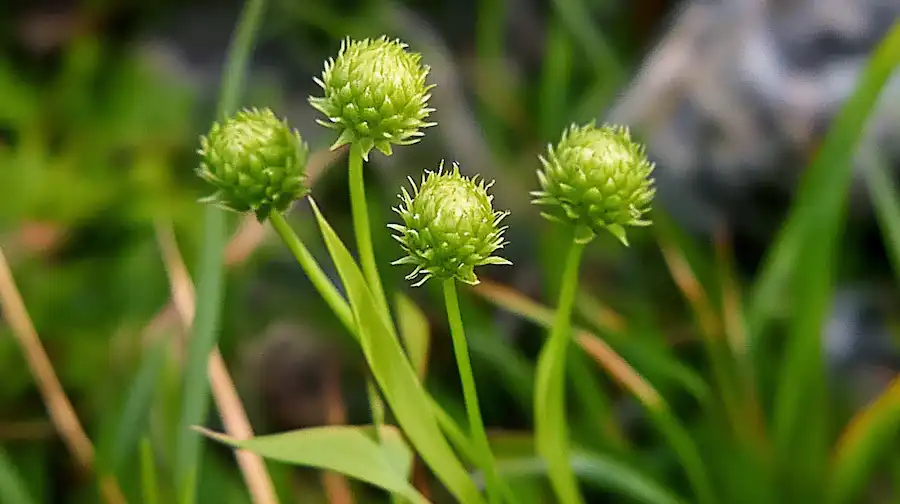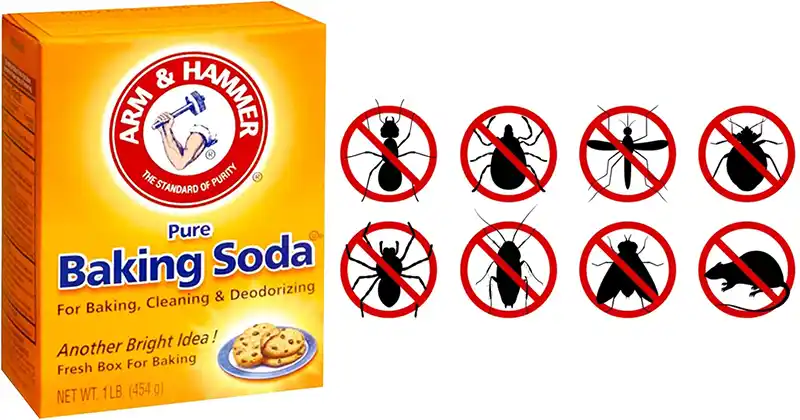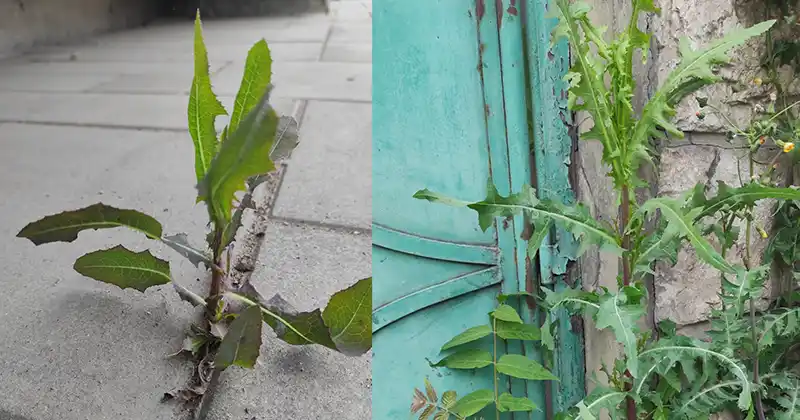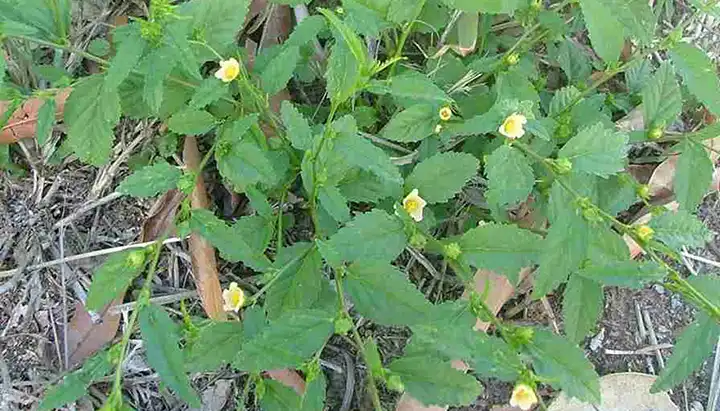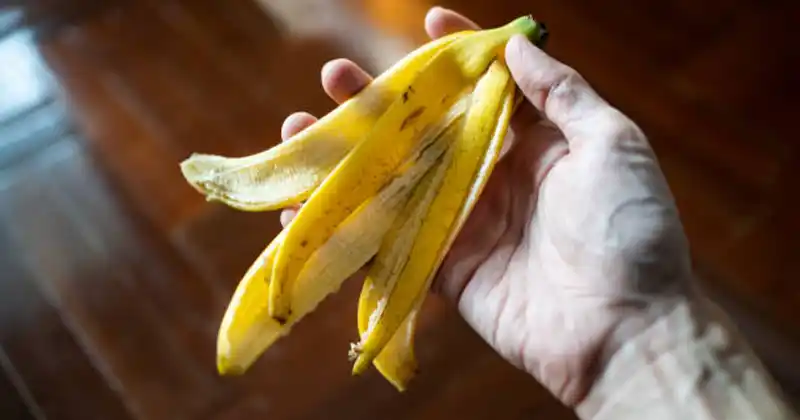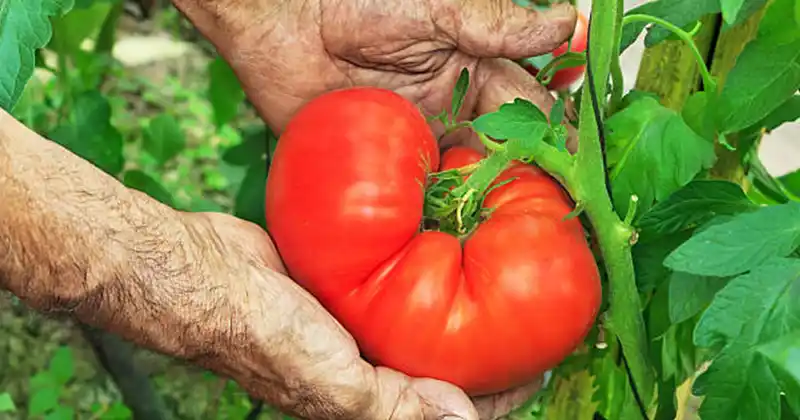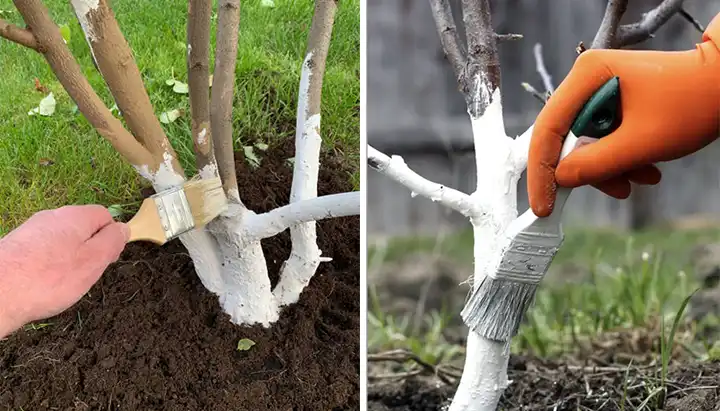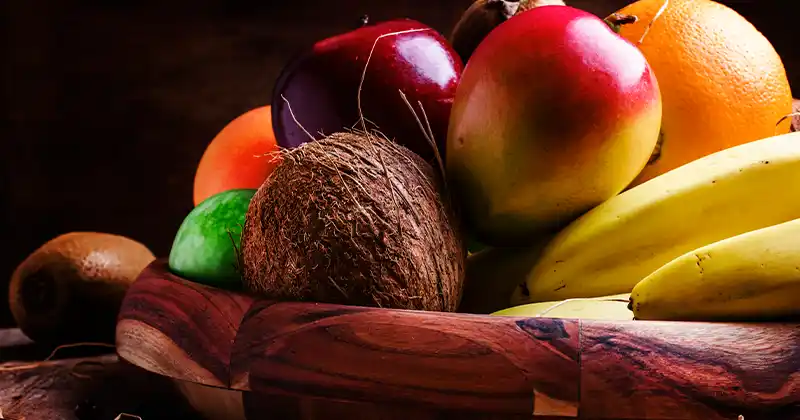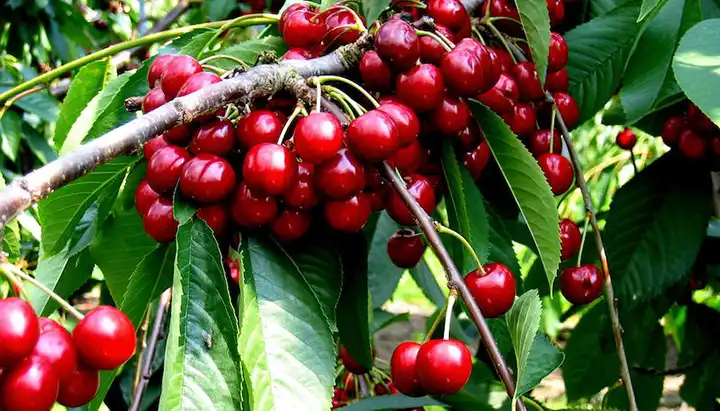The Ultimate Guide to Planting a Fruit Tree for Faster Growth

Planting a fruit tree is an investment in your garden’s future. The right preparation can mean the difference between slow, stunted growth and a thriving tree that yields fruit sooner than expected. Traditional methods suggest simply digging a hole and placing the tree in, but there’s a better approach: the multi-year hole method. This technique accelerates growth by ensuring the tree has access to rich, well-prepared soil from the start.
Let’s go through the step-by-step process to plant your fruit tree for maximum health and rapid growth.
Step 1: Choosing the Right Spot and Preparing the Soil
Before you start digging, select a well-drained, sunny location in your yard. Fruit trees require ample sunlight, at least 6-8 hours a day, to thrive. Once you have your spot, begin by watering the area to soften the soil, making digging easier and preventing excessive dryness around the roots.
The key to this method is digging a larger-than-normal hole. Unlike the conventional method, where the hole is just slightly bigger than the root ball, we will be digging a 3-foot-wide hole that’s about 2 feet deep.
Step 2: Digging the Hole and Separating Soil Layers
- Remove the topsoil (the first 6–12 inches). This is the nutrient-rich layer that contains organic matter. Set it aside separately.
- Dig down deeper, reaching the clay-rich subsoil. This layer should be placed in a different pile.
- Fork the sides of the hole. Loosening the soil around the edges will prevent root circling and help them spread outward instead of struggling against compacted soil.
This larger hole gives the roots a loose, aerated foundation and speeds up the tree’s ability to establish itself.
Step 3: Creating a Nutrient-Rich Base
Now that you have a deep hole, it’s time to build the best soil mix for your tree’s roots. Use the following ratio:
- 20% compost (rich in organic matter and beneficial microbes)
- 20% topsoil (set aside from the initial dig)
- 60% subsoil (amended for better drainage and aeration)
Mix these thoroughly and layer this blend at the bottom of the hole. This ensures that the roots have access to vital nutrients while maintaining good drainage.
Step 4: Compacting the Soil to Prevent Settling
After adding your nutrient mix, it’s important to compact it slightly to prevent excessive settling over time. Use your hands or feet to gently press down the soil. This prevents pockets of air that can cause instability for the roots while still allowing proper drainage.
Step 5: Preparing the Topsoil Layer
Once the bottom is set, it’s time to mix and reintroduce the topsoil. The ratio for this layer is slightly different:
- 70% original topsoil
- 30% compost
Gently mix and spread this over the previous layer, ensuring an even distribution of nutrients.
Step 6: Placing the Tree and Adding Protection
- If you have gophers or burrowing pests, use a protective mesh around the root ball before planting. This prevents damage while allowing the roots to grow freely.
- Position the tree in the center of the hole, ensuring the graft line (if present) is above the soil level.
- Fill in the remaining soil mix, gently firming it around the base of the tree to remove air pockets.
Step 7: Fertilizing for Faster Growth
Unlike conventional methods, this approach incorporates organic fertilizer from the start. Sprinkle about half a kilogram (1 pound) of organic granular fertilizer evenly around the base before covering it with a thin layer of compost. This ensures nutrients are available as the tree begins to establish itself.
Step 8: Creating the Compost Donut
A compost donut is a circular mound of compost around the base of the tree, which helps with:
- Directing water toward the roots
- Retaining soil moisture
- Slowly releasing nutrients
Shape the compost into a ring, leaving space around the trunk to prevent rot.
Step 9: Mulching to Retain Moisture
Finally, add a layer of organic mulch (such as shredded bark or straw) over the entire planting area. This helps with:
- Retaining soil moisture
- Reducing weeds
- Regulating soil temperature
Important: Keep the mulch a few inches away from the trunk to prevent rot and disease.
Final Thoughts
By using the multi-year hole method, you’re giving your fruit tree the best possible start. Rather than struggling to adapt to poor soil, the tree will have access to rich nutrients, ample drainage, and optimal growing conditions. This can speed up fruit production by 1-2 years compared to conventional planting methods.
Whether you’re planting mango, citrus, pear, or peach trees, this method ensures faster growth, stronger roots, and a healthier tree that will reward you with abundant fruit for years to come.
Happy planting, and may your garden flourish!Inspired by this? Share the article with your friends!

